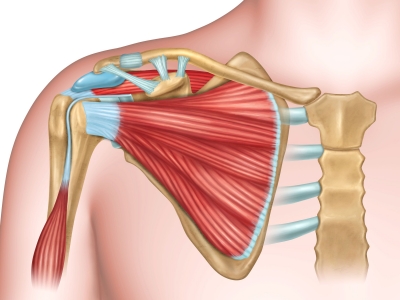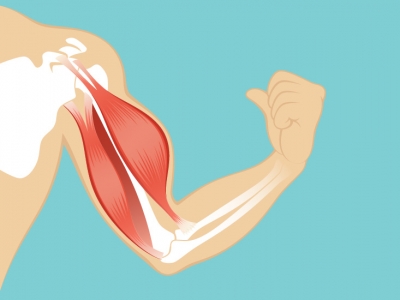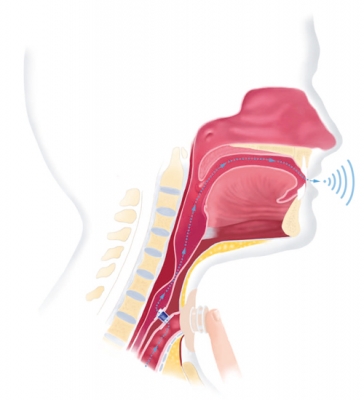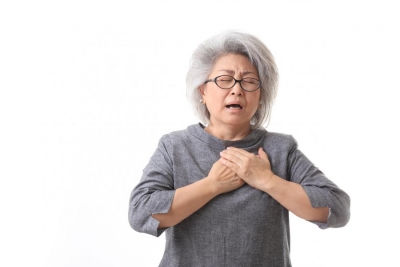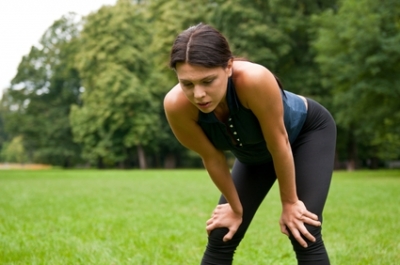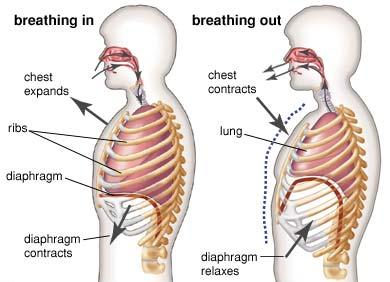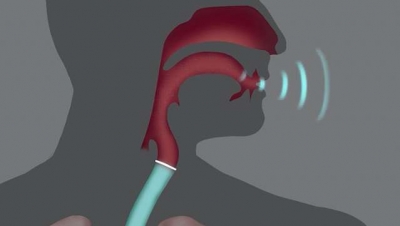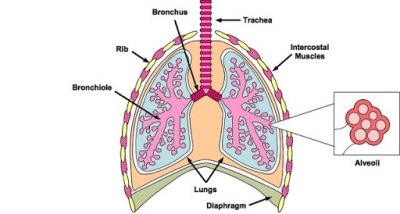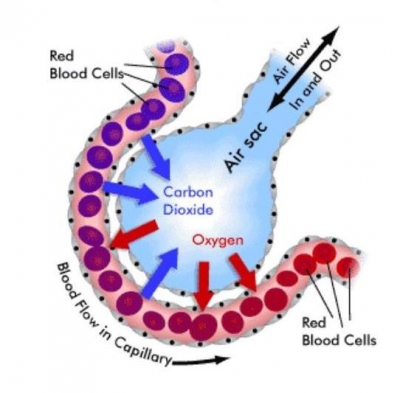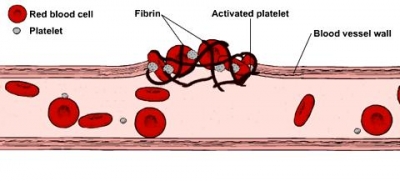What is the anatomy of shoulder?

As well as controlling a wide range of arm movements, the shoulder muscles also stabilize the joint so that it doesn’t dislocate (pop out of its socket).
Trapezius
This helps to move the shoulder blaze. The trapezius muscle is a large, triangular, paired muscle located on the posterior aspect of the neck and thorax. When viewed together, this pair forms a diamond or trapezoid shape, hence its name.
Clavicle (collarbone)
The clavicle, or collarbone, is a long bone that serves as a strut between the shoulder blade and the sternum (breastbone). There are two clavicles, one on the left and one on the right. The clavicle is the only long bone in the body that lies horizontally. Together with the shoulder blade, it makes up the shoulder girdle.
Subscapularis
Subscapularis is a triangular shoulder muscle located in the subscapular fossa of scapula. Attaching between the scapula and the proximal humerus, it is one of the four muscles of the rotator cuff, along with supraspinatus, infraspinatus and teres minor. The arm can be twisted towards by this muscle.
Coracobrachialis
The coracobrachialis is a long and slender muscle of the anterior compartment of the arm. As its name suggests, it extends from the coracoid process of scapula to the shaft of the humerus. This muscle helps to flex the shoulder and pull the upper arm in towards the body.
Humerus
The humerus is the bone of the upper arm. It consists of a proximal end, a shaft and a distal end, all which contain important anatomical landmarks.
Biceps brachii
The biceps brachii muscle is one of the chief muscles of the arm. This is the muscle that bends the elbow. The origin at the scapula and the insertion into the radius of the biceps brachii means it can act on both the shoulder joint and the elbow joint, which is why this muscle participates in a few movements of the arm.
Picture Credit : Google
